Replacement Guide Everybody likes grills. They help you in creating evenings full of family and fun. You can cook anything from meat to veggies, just about anything with your fancy grill. It also becomes why many get together evenings that might not happen this often if it was not for the grills.
These grills can run on coal, fuel, or even electricity. While the coal-powered grill takes more heating time and the electric-powered grill does not add that grill essence to the food, the grills powered by propane work fine. Many people prefer it over the other two counterparts.
With a propane-powered grill, you need to make sure that your LP tank is filled with propane, and you are good to go. Grilled food is considered healthier, contains less fat, and you even get to have the natural flavor of the food. And that is not it; they are tastier and flavorful. Many people prefer grilled food more than ordinary food and are ready to survive on it for the rest of their lives.
With the refined and healthy food they offer and the excellent family, they help us create, and we cannot deny how precious a grill is to a household. But with all these benefits, some concerns need to be on top of your priority list.
As grills (most of them) run on propane, we must be aware of it. Propane is a flammable gas; we need to handle it safely. A gas leak may lead to hazardous accidents. As we all know that prevention is better than cure, so we should try to prevent any chances of such accidents by regularly checking it for leakage.
Generally, the gas leakage happens at the regulator, as it is the only joint between the airtight house. Let us learn more about the regulator and how we can replace it.
What is a Regulator?
A regulator is a device that connects the burner of the grill with the LP tank through a hose. A regulator’s role is to regulate the flow of gas from the LP tank to the burner. Therefore, the regulator in the pipeline helps control how much gas will flow through the system.
By controlling the flow of gas, the regulator helps us get the desired heat and helps us save the gas if excess heat is not required. In the absence of a regulator, a grill will get a uniform gas supply every time.
[amazon box=”B078K8DSXC”]This means the grill will get overheated for food, which is to be cooked on low heat. Hence you will be unable to cook it properly. Also, your food on the grill, in the absence of a regulator, will get burnt.
So, a regulator is critical in a grill because of the reasons discussed in the above paragraph. As already mentioned, the regulator is one of the critical spots for gas leakage to happen. So, one needs to check it occasionally.
Regulators should be adequately checked on a routine basis, and if a problem is observed of any sort, then replacing it is the wisest option in hand.
Today we will be learning about gas grill regulator replacement- how is it done? Why is it necessary? And how to check if you need a gas grill regulator replacement?
Let us start with learning how to detect propane gas leakage problems and know in advance that you need a gas grill regulator replacement.
Detecting the Leakage Problem
Detecting a gas leakage problem cannot be done in just one way. There are many ways to know whether the regulator needs to be replaced or not. This is because there is more than one symptom that a grill shows when facing the regulator problem.
Improper Heating of the Grill
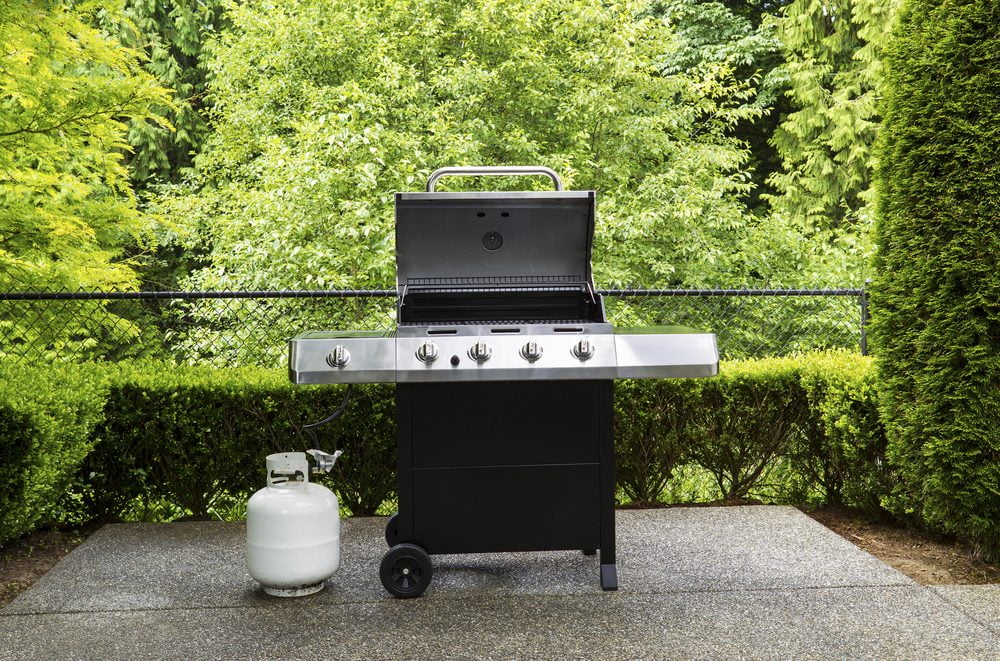
Always pay attention to the fact whether the grill is being appropriately heated or not. If the grill is not heated correctly, then one of the possible reasons behind it could be that the regulator has been jammed by insects or anything else.
This might not seem a big problem initially, but when it is left to persist, it may lead to an even more significant and more concerning problem.
You will observe that your grill’s temperature is not changing a bit even when you are changing the knob to full heat. This problem can also be observed when the food takes more than the required time for getting cooked.
Even if it has happened previously and last time, it had nothing to do with the regulator, but it is your responsibility to check it every time it happens.
If the Grill is Not Heating at All
If you have switched both the regulator and the burner on and still find that the grill is not heating at all, then the chances are that the propane gas is not entering the hose and is flowing out of the system through air vents that are present in the regulator.
When faced with this problem, you are advised to check the regulator for leaks (after turning the propane gas off); you can also know whether leakage has occurred by the hissing sound produced by the gas gushing out of the system.
If You Find Uneven Flames in the Burner
Happen to find uneven flames in the burner. It might be due to the gas regulator’s inconsistency to channel the regulated flow of propane, which means that you need a grill regulator replacement.
Please do not ignore this problem and immediately check the regulator for any jams or insects in it. It might also be due to rust. Do not go for a temporary solution; instead, replace the regulator as the problem might prevail.
If you observe that your gas grill is facing any of these problems, then be sure to check the gas regulator and if any problem is detected in the regulator, then try to replace the regulator and not go for a temporary solution, as it might turn out to be a terrible decision.
Gas Grill Regulator Replacement
Now we will learn how to replace the gas regulator safely. Make sure that you are doing it in the open and you do not have kids anywhere around. Also, turn off the gas knob and the burner knob to ensure that the gas is not leaking and the burner is not exposed to any other problem.
[amazon box=”B01GZPBCPU”]You will need two wrenches for changing the regulator. The wrenches must fit the size of the regulator. You can also use a fit-all wrench with a regular wrench (whatever you are okay with).
Opening the Regulator Safely
With the help of both the wrenches, you need to open the regulator safely. One wrench should be held still, and the other one should be moved from right to left (or left to right) to open the regulator. Check the gas knob and make sure it is off when you are opening the regulator. This first step in your gas grill regulator replacement guide should be done with utmost care and patience. Do not rush and open it carefully.
Check for The Problem and Replace
After you have opened the regulator, you must check whether the problem was in the regulator. Check for rust deposits or insect dwellings, or any problem that you feel could cause the leakage.
If you do not find any issue, check the burner or whether it is filled or empty. If the problem is in the regulator, you must replace it with a new regulator. Repat back the same process as step one (just opposite).
Switch the Grill on and Check
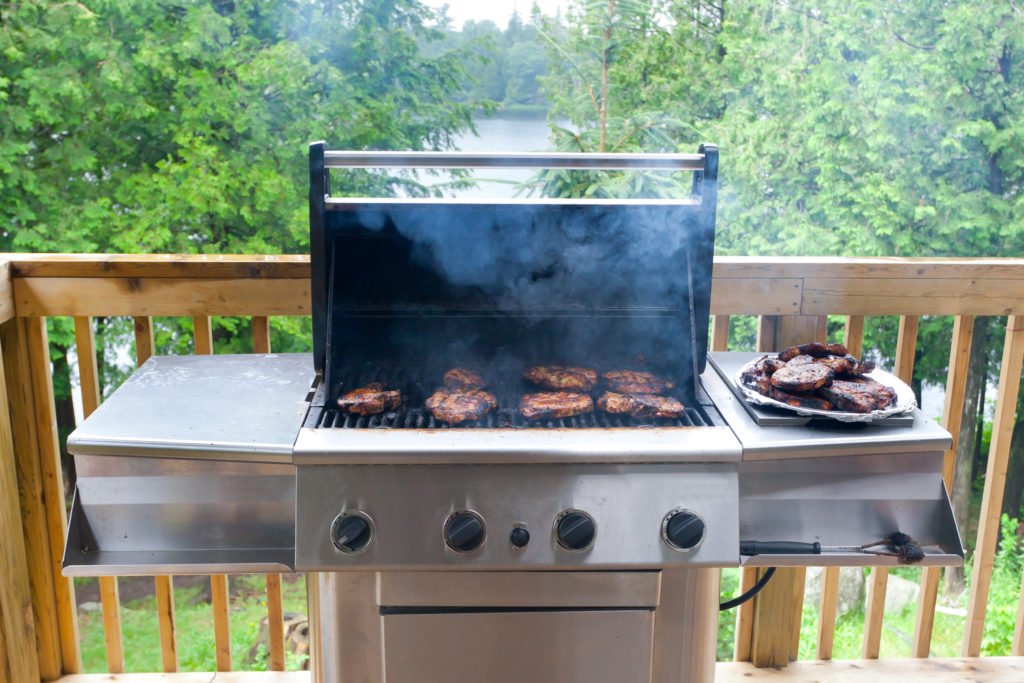
The next thing you need to do after replacing the old gas regulator with a new one is switching it on and checking whether it is working. If it is not working, then check whether the lighter is working or not.
Sometimes the lighter may be the main culprit. And if the lighter is also in good condition, then check whether the tank contains gas or not. This might also be the reason behind all the trouble.
You can replace your gas grill regulator all by yourself by following the necessary safety precautions. Also, make sure to read the manual from the time of purchase of the grill to understand better and tackle it.
If the grill happens to be under the warranty period, then you don’t have to bear all these sufferings and need to call the customer complaints department of that brand and ask them to fix it for you.
Conclusion
By following this process carefully, you can execute the gas grill regulator replacement with a lot of ease. Always remember to switch off the knob of the tank to be on the safe side.
Propane is a highly flammable gas, and you should not ignore any leakages or problems being faced by the grill as these might have more significant repercussions.
Also, even if the grill does not show any signs of leakages or faults, it is in your best interest to check it occasionally, at least twice a month.
And once you have got your grill fixed, you are ready to host parties and evenings again and devour the delicious meals. Happy grilling!

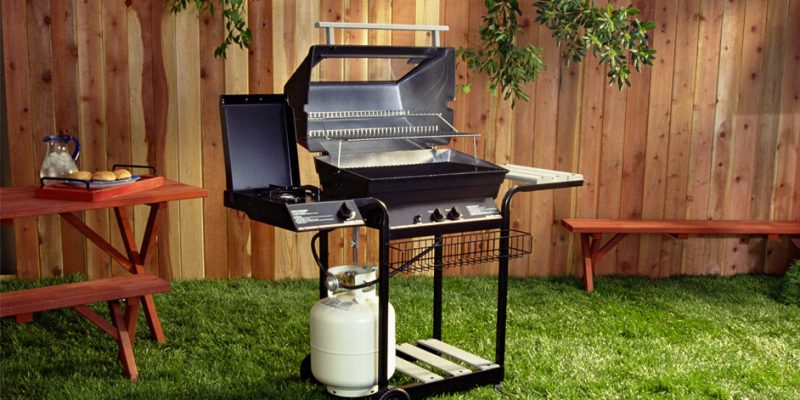
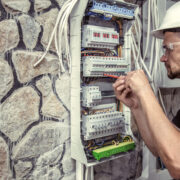
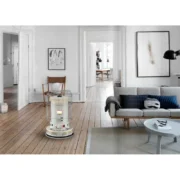
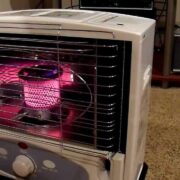
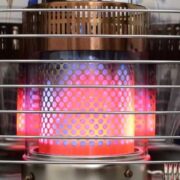
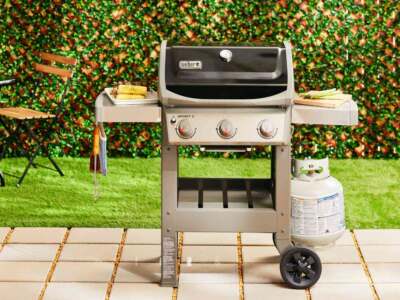
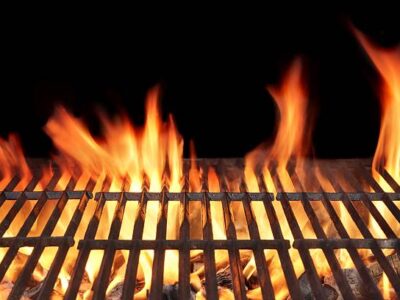
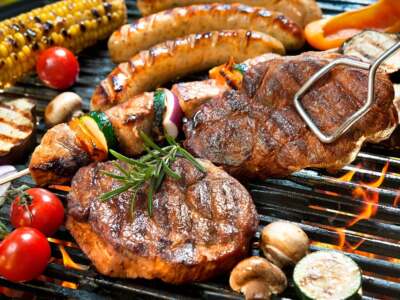
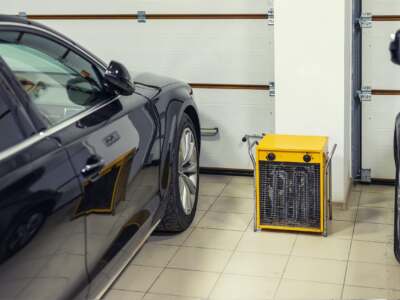
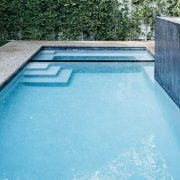
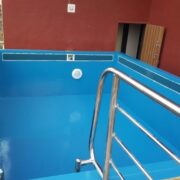

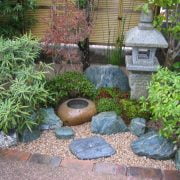
Comments